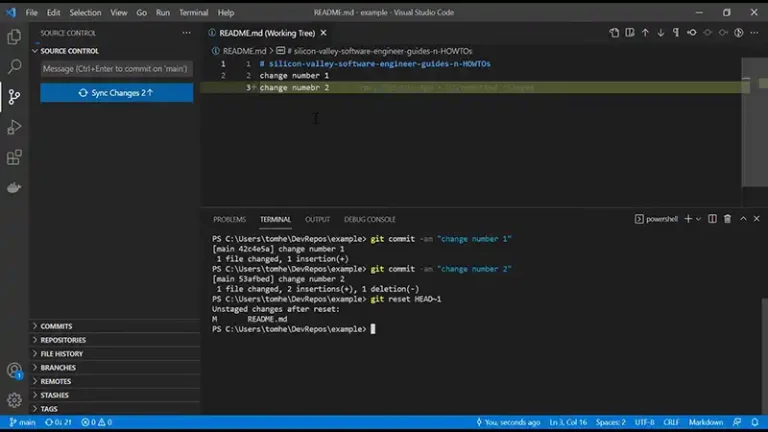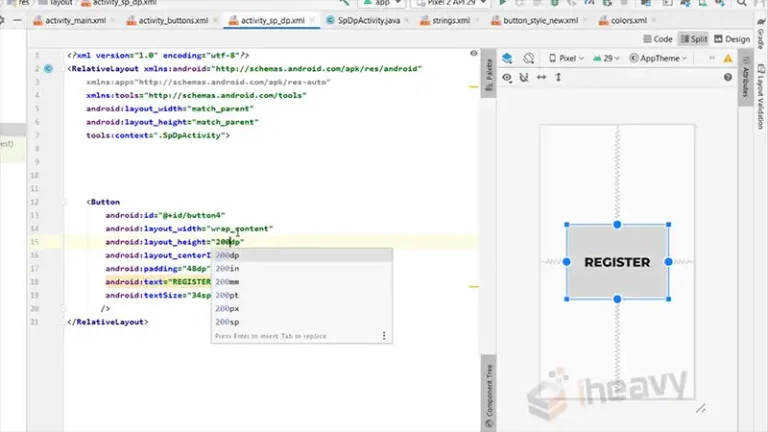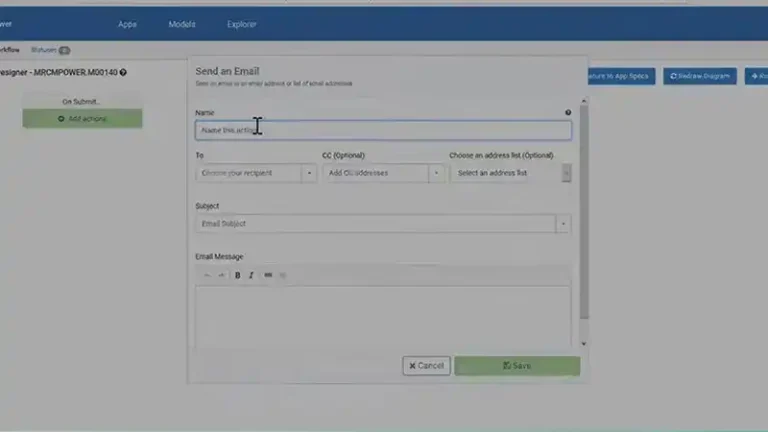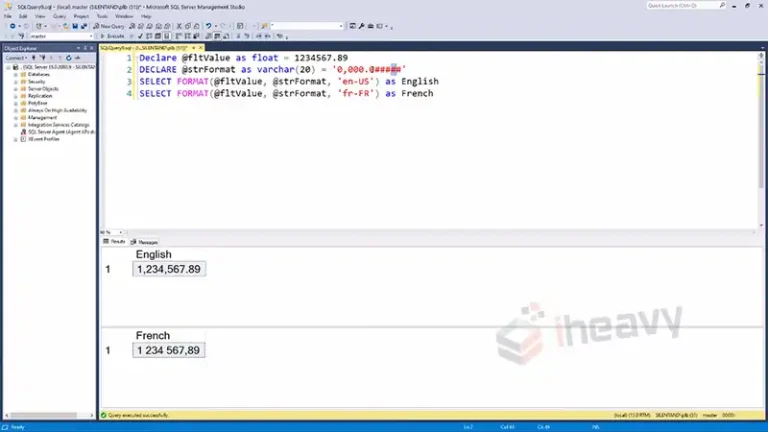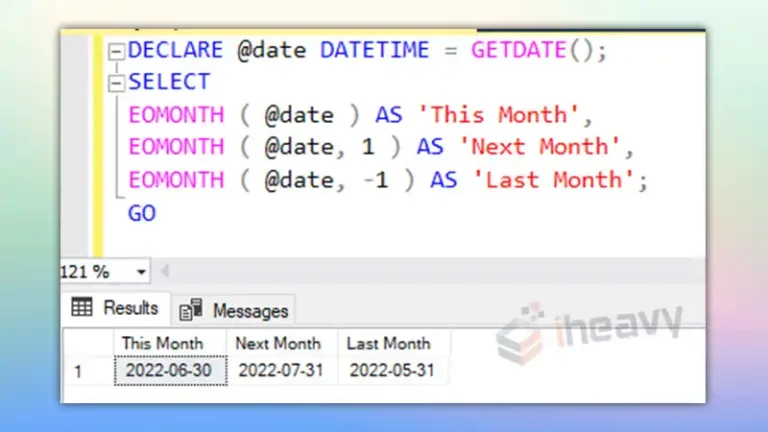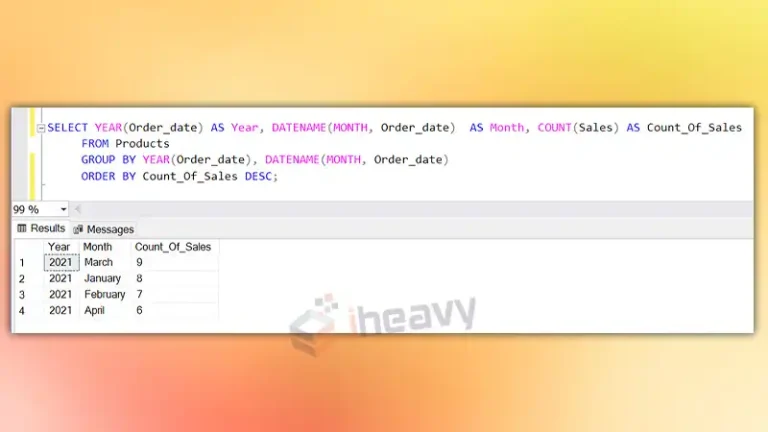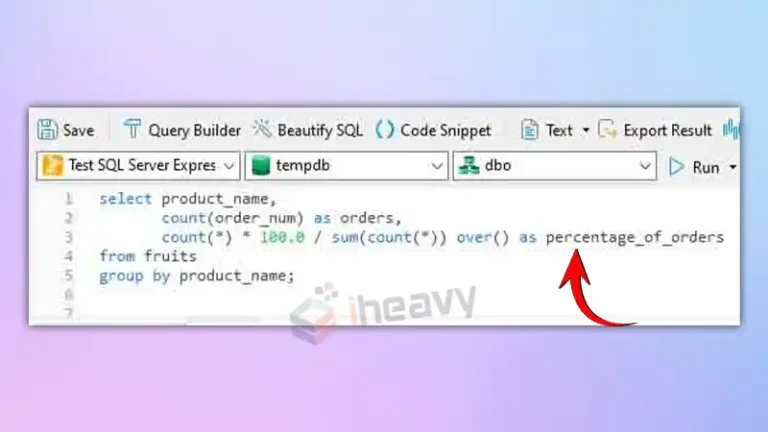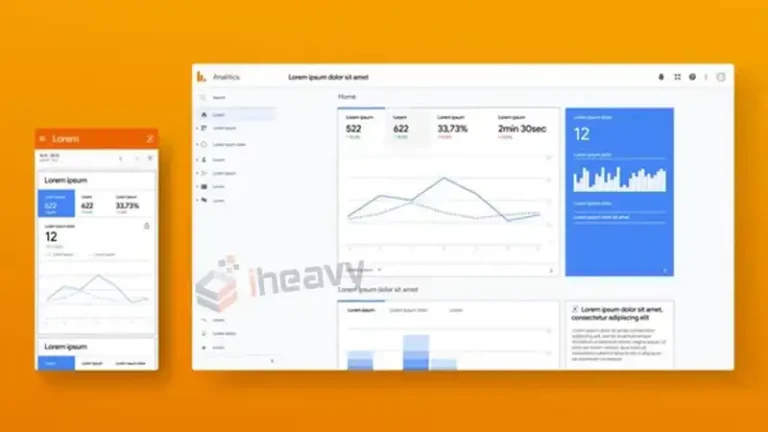How to Undo the Most Recent Local Git Commits | Explained
In the course of working with Git repositories, it’s not uncommon to make mistakes or commit changes that you later realize should be undone. Fortunately, Git provides several mechanisms to revert or undo commits, including those that are the most recent. In this article, we’ll explore various methods to undo the most recent local Git…

